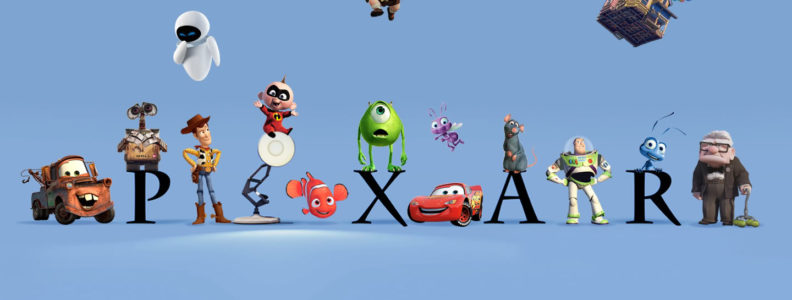Hello everyone. I’m back with my second post this month regarding the subject of momentum. It’s been an appropriate subject for me to think about, as I am deep in a writing project with a very tight deadline and I have a strong need to keep moving, no matter what. Fortunately, the Fictorians have been front and center this month with lots of advice that I can follow. Hopefully some of that advice helped some of you keep moving on your projects too.
In this post though, I’d like to steer away from productivity momentum and rather talk about story momentum. How to keep that pace and tempo that will have your reader moving from one page to the next while never losing their interest. Here’s a few tips I’ve picked mostly related to my favorite kind of story: the A to B.
KEEP THAT TRAIN MOVING
I *love* a good A to B plot, and it’s a big feature of most things I write. Readers will feel what your characters feel, so if you keep your characters literally moving the reader will feel that motion. I’d much rather have my characters discussing something while riding through a field or climbing a mountain then sitting in a room. If I decide I am going to use this method, I will try to identify a destination as early as possible and get my characters (and therefore my readers) moving towards it.
Movement is momentum.
DIDN’T WE PASS THIS TREE ALREADY?
When you are traveling from Point A to Point B, it’s not much fun to see Point A again. One of the early writing lesson I learned from David Farland (Link) was to avoid repeating locations, and to make every location interesting. Bringing readers back to the same setting you have already presented them with kills that feeling of movement you were trying to build in the story. Each new setting offers a sense of wonder as well as progression, bringing the reader back to an already established setting will not produce that same effect a second time.
An exception to this would be to travel back to a setting that has been altered by the story in a significant way. A great example of this is that old standby Star Wars (Episode 4 or A New Hope for you young’uns out there).
This movie is in motion from go, and the main character (Luke) is always going from one place to the next, the movement is nearly constant. One of the only times a setting is repeated in the film is the brief return visit to the farm Luke grew up on. Seeing it a second time, with the farm destroyed and Luke’s Uncle and Aunt dead really changes the context of the setting and the story. It sets Luke forever off on his journey and gives us a real and brutal example of the Empire’s evil.
Also I’m sure there was a lot of spilled blue milk, but we don’t get to see that.
OKAY NEAT, BUT WHY ARE WE HERE?
While not strictly related to the A to B plot, nothing will kill your momentum better than a scene that doesn’t advance anything. This is a bugaboo I have to watch myself for, as I have been known to throw an action scene into my story without giving it a strong connection to the plot. Not every scene needs to move the main plot, but each scene should bring something new to the table in regards to a character or a subplot or setting that you need to illustrate. In the A to B plot, taking your readers to a new location but not using that location to move your story will just feel like filler.
IN SUMMARY
As always, your milage through the A to B plot as well as my advice in general will vary. Pacing and momentum are tricky things to manage, but in summary I find I have the most success maintaining story momentum by doing the obvious and just keeping things (and my characters) moving!
See you next time!


